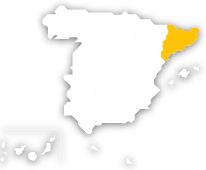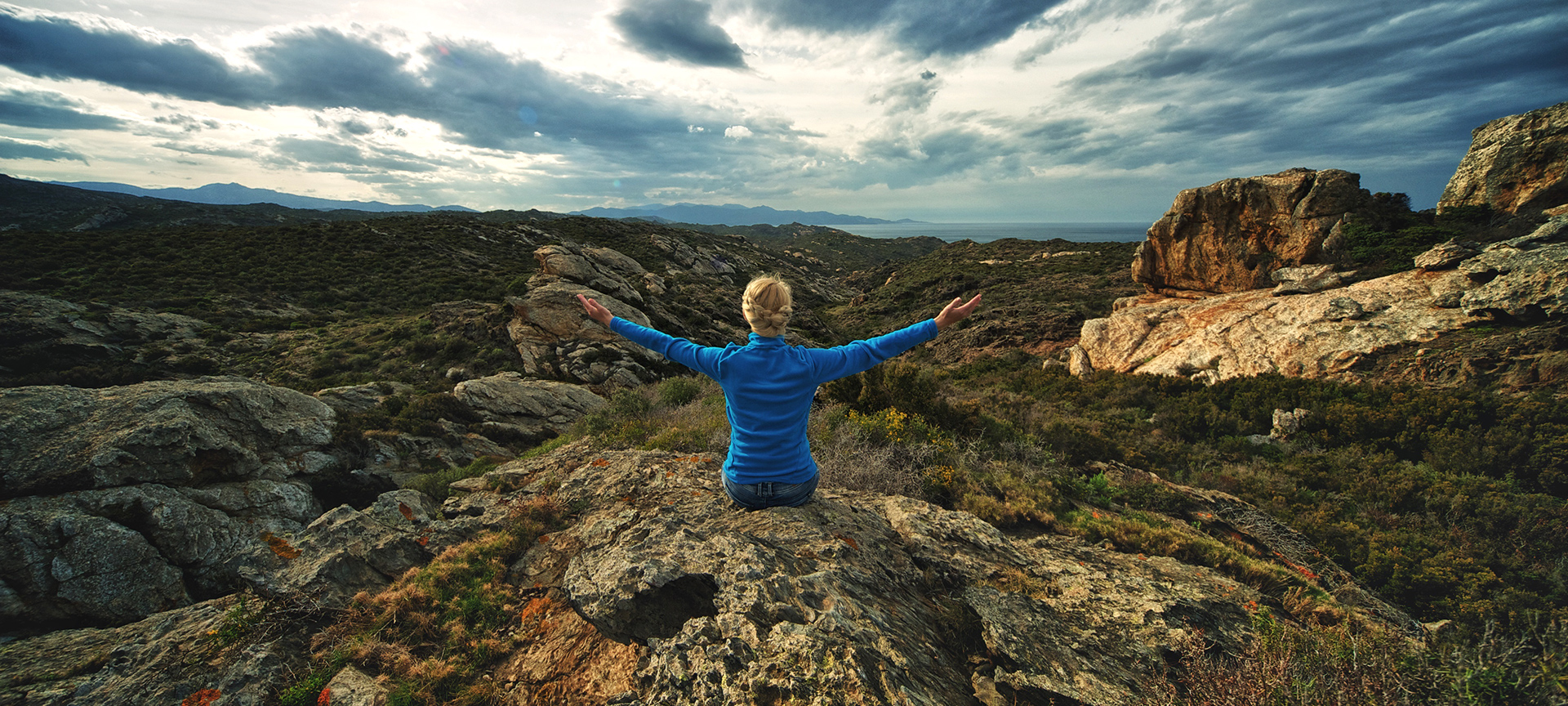
In Catalonia, you can enjoy protected natural spaces with diverse contrasts. From natural parks in the high mountains, with forests with a rich and diverse flora, to coastal plains where you can be close to the Mediterranean Sea and even protected marine areas. Take a stroll through the most visited natural parks in Catalonia and you will find out why so many people come to visit these places.
Debe activar Javascript para poder utilizar este servicio
-
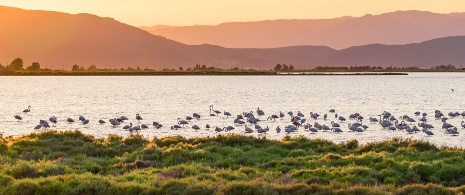
Delta del Ebre Nature Reserve
In the south of Catalonia, at the estuary of Ebro river, you will find a large delta that awaits you with impressive natural surroundings. More than 560,000 visitors a year enjoy it. You will see a horizon of rice fields until you reach lagoons and salt marshes surrounded by reeds. It is the largest aquatic habitat in Catalonia with more than 368 species of birds, including the Audouin's gull and the flamingo. You will be able to observe them closely in the specially created viewing hides. A perfect plan to get to know the link between the Mediterranean Sea and the Ebro River, enjoy the extensive natural beaches and breathe in the smell of the sea.
-
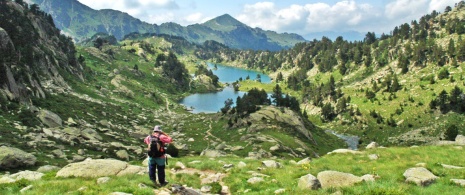
Aigüestortes i Estany de Sant Maurici National Park
The second most visited park is the Aigüestortes National Park, found right in the middle of the Pyrenees mountain range, where you can contemplate the fantastic Sant Maurici pond that reflects its surroundings, revealing diverse landscapes in each season. Between 1,200 and 3,000 metres above sea level, you will cross forests and meadows, always in the company of water, as there are almost 200 lakes and numerous rivers, ravines, waterfalls and wetlands. A pleasure for the eyes and the senses.
-
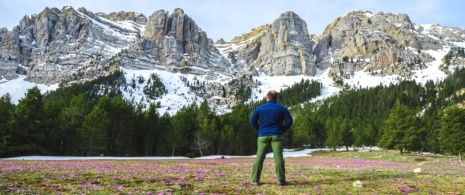
Cadí-Moixeró Natural Park
In Cadí, you will discover a barrier of steep cliffs in one of the largest natural areas in Catalonia, located between the Pyrenees and the Pre-Pyrenees. The most famous massif is Pedraforca, an unforgettable emblematic mountain, where two peaks form the shape that represents it so well. There are many itineraries that you can follow on foot, by bicycle or on horseback. Its flora includes mountain parsley and its fauna includes the black woodpecker, the park's symbol. A stroll around this place will allow you to enjoy the nature normally found in the centre of Europe.
-
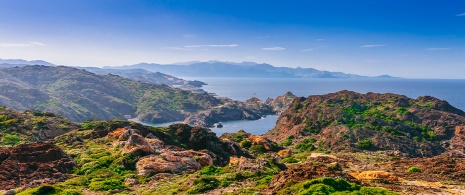
Cap de Creus Natural Park
With beautiful views of the sea, you can enjoy an area of great geological beauty. The effect of the tramontana, a cold and strong wind typical in this area of north-eastern Spain, has eroded and transformed the landscape of Cap de Creus. It links two protected areas, terrestrial and marine. Among its vegetation, the pine and cork oak trees are the protagonists of the area and among its fauna, the eagle and the falcon, as well as the richness of its marine species. A perfect landscape to enjoy views from cliffs, see the rocks eroded by the wind and salt, and contemplate the islands and islets and their secluded coves.
-
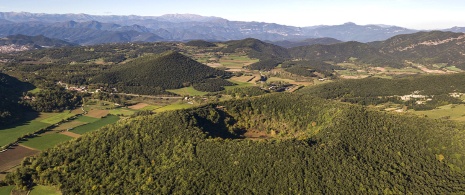
La Garrotxa Volcanic Area Natural Park
If you are looking for a walk in a volcanic area without leaving the peninsula, you will find the best volcanic landscape in La Garrotxa. This natural park will show you 38 volcanic cones and more than 20 basaltic lava flows. Its flora is made up of holm oak and oak forests and its fauna includes wild boar and wildcat. You will walk along paths of different colours of sediments and rocks of different components, from the green of the vegetation to the ochre and maroon of the stones of a dormant volcano.
